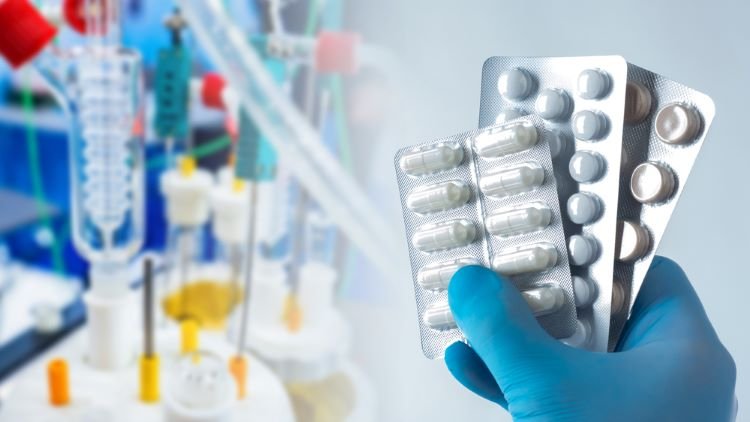Single-use bioprocessing market to value $84.14bn by 2032

In the single-use bioprocessing market, research states that automation offers benefits such as process control in biopharma manufacturing.
The global single-use bioprocessing market is expected to value estimated $84.14 billion by 2032, according to Towards Healthcare. This is due to rising demand for personalised medicines, rising investment in R&D, and adoption of decentralised clinical trials. The organisation’s report asserted that growth of the market is being driven by numerous factors including the greater demand for biologics, the expanding biopharmaceutical industry, and the numerous advantages that single-use bioprocessing has over traditional manufacturing methods.
Global single-use bioprocessing market
North America is expected to dominate the single-use bioprocessing sector between 2023-2032, followed by Europe and Asia Pacific, the report stated.
Single-use bioprocessing is advantageous due to the reduced contamination risk, flexibility and shorter turnaround times, and its requirement for less energy than stainless steel systems, due to not needing cleaning or sterilisation between batches, the report highlighted.
Yet the single-use bioprocessing market face several challenges, such as concerns about the quality and consistency of single-use products, the lack of standardisation in the industry, supply chain security and the high cost of single-use equipment.
On the other hand, the author explained that these challenges are anticipated to be addressed through advances in technology, industry effort on implementation of standardisation and increased competition in the market.
Could centrifugal bioreactor accelerate cell-therapy manufacturing?
Comparing stainless-steel equipment with single-use equipment in bioprocessing
Traditional manufacturing using stainless-steel equipment can be expensive to install and maintain, whereas single-use systems can be more cost-effective and require less physical space. This can be particularly beneficial for small and mid-sized manufacturers who may have limited resources, the author shared.
For the manufacture of cell and gene therapies, single-use bioprocessing is beneficial, as the cells or genetic material being used are highly sensitive to contamination. As a result, faster production times can be achieved, which is useful for the time-critical delivery of cell and gene therapies to patients.
The spike in demand for antibody-drug conjugates (ADCs) in the biopharmaceutical drug market has highlighted the need for specialised manufacturing processes and facilities. Positively, flexible single-use isolators have been proven to meet the high-containment performance required for handling ADCs by risk assessment studies, the report stated.
Automation in biopharma
automation is expected to dominate the single-use bioprocessing industry within the next five years”
Automation offers numerous benefits to the biopharmaceutical manufacturing process. A chief advantage of this technology is its ability to improve process control, particularly in providing real-time monitoring of critical process parameters. This results in better product quality and consistency, as well as reduced process variability. As a result of these and other benefits, automation is expected to dominate the single-use bioprocessing industry within the next five years, the report predicted.
Despite the advantages of single-use technology, the transition to 100 percent fully disposable facilities is likely to be gradual, the author acknowledged.
Source link
#Singleuse #bioprocessing #market #84.14bn